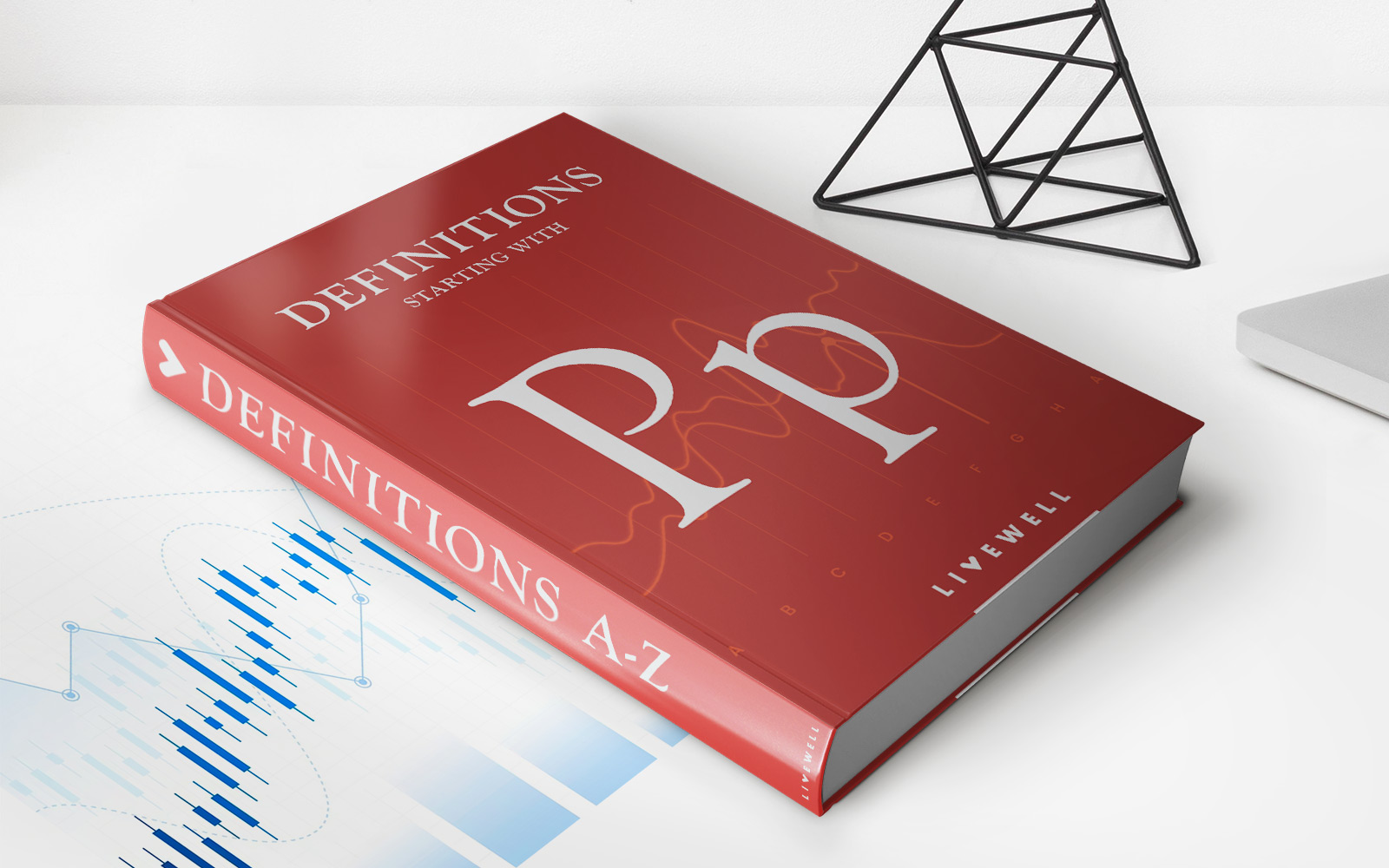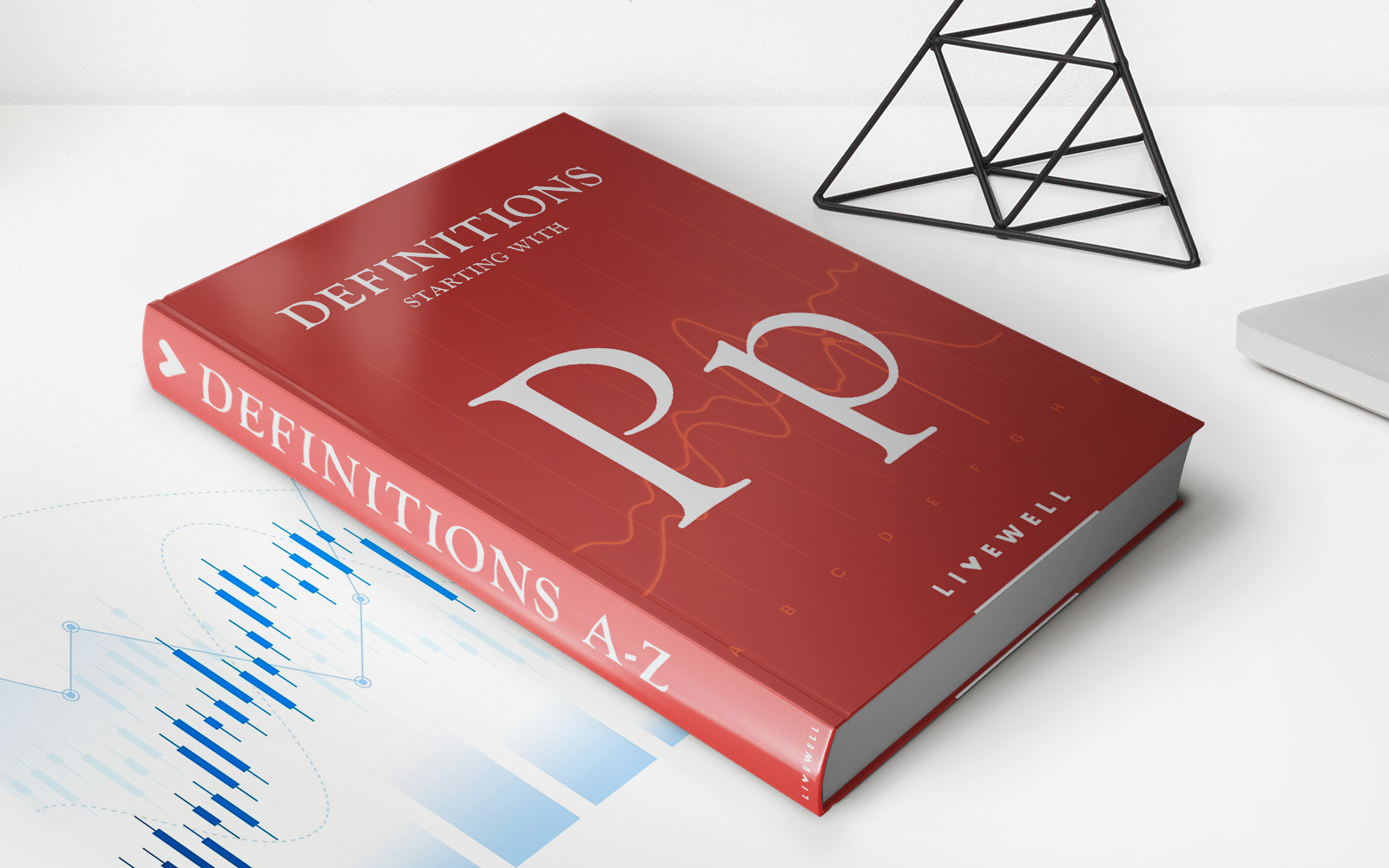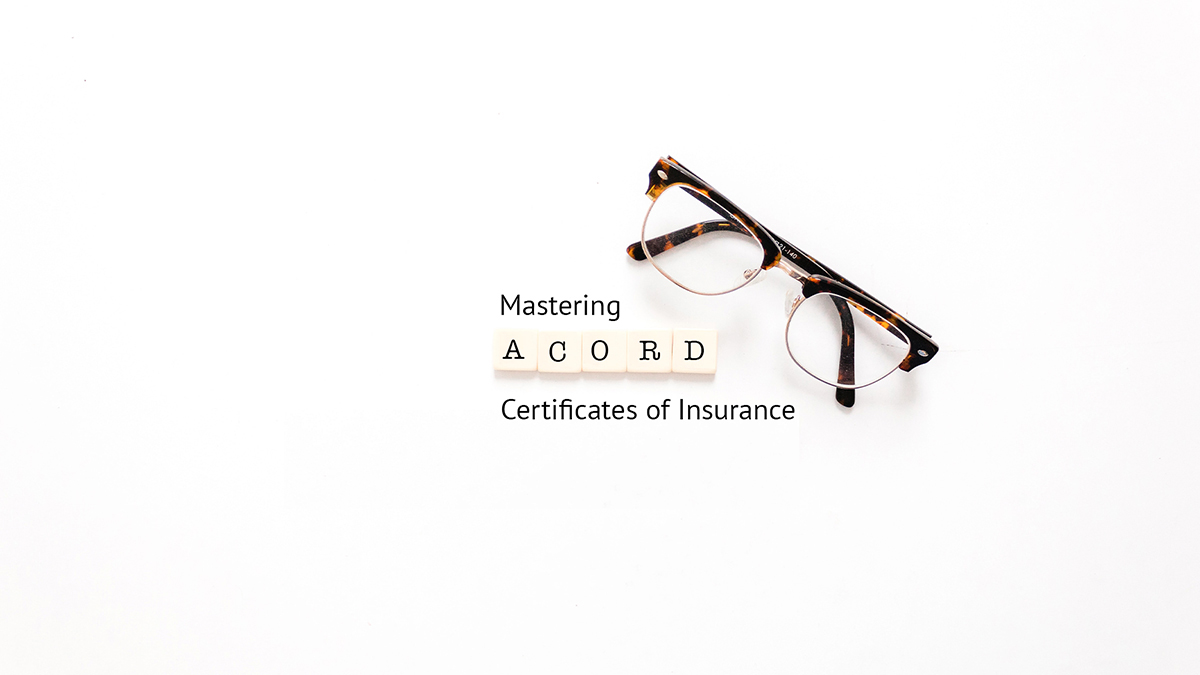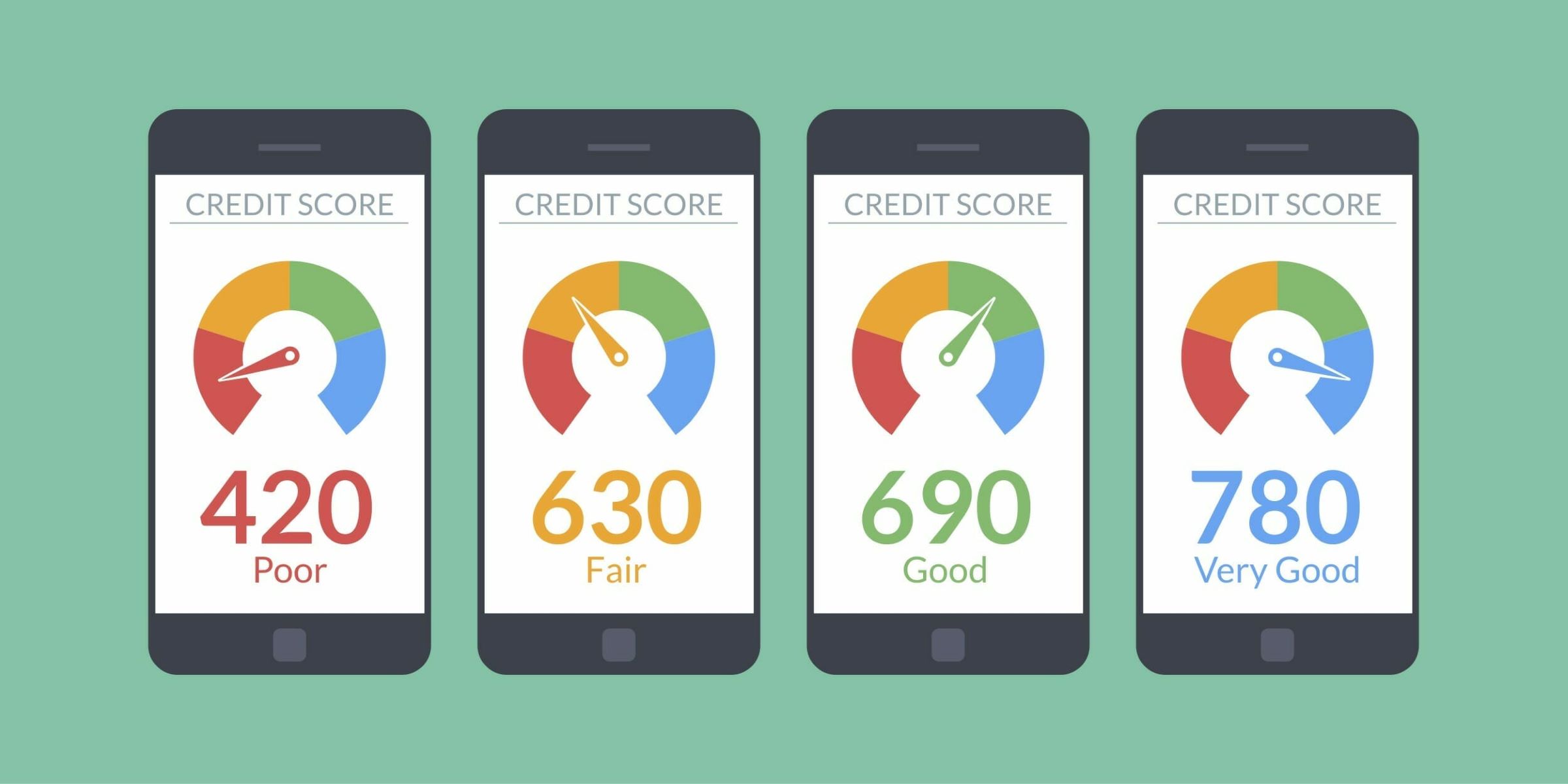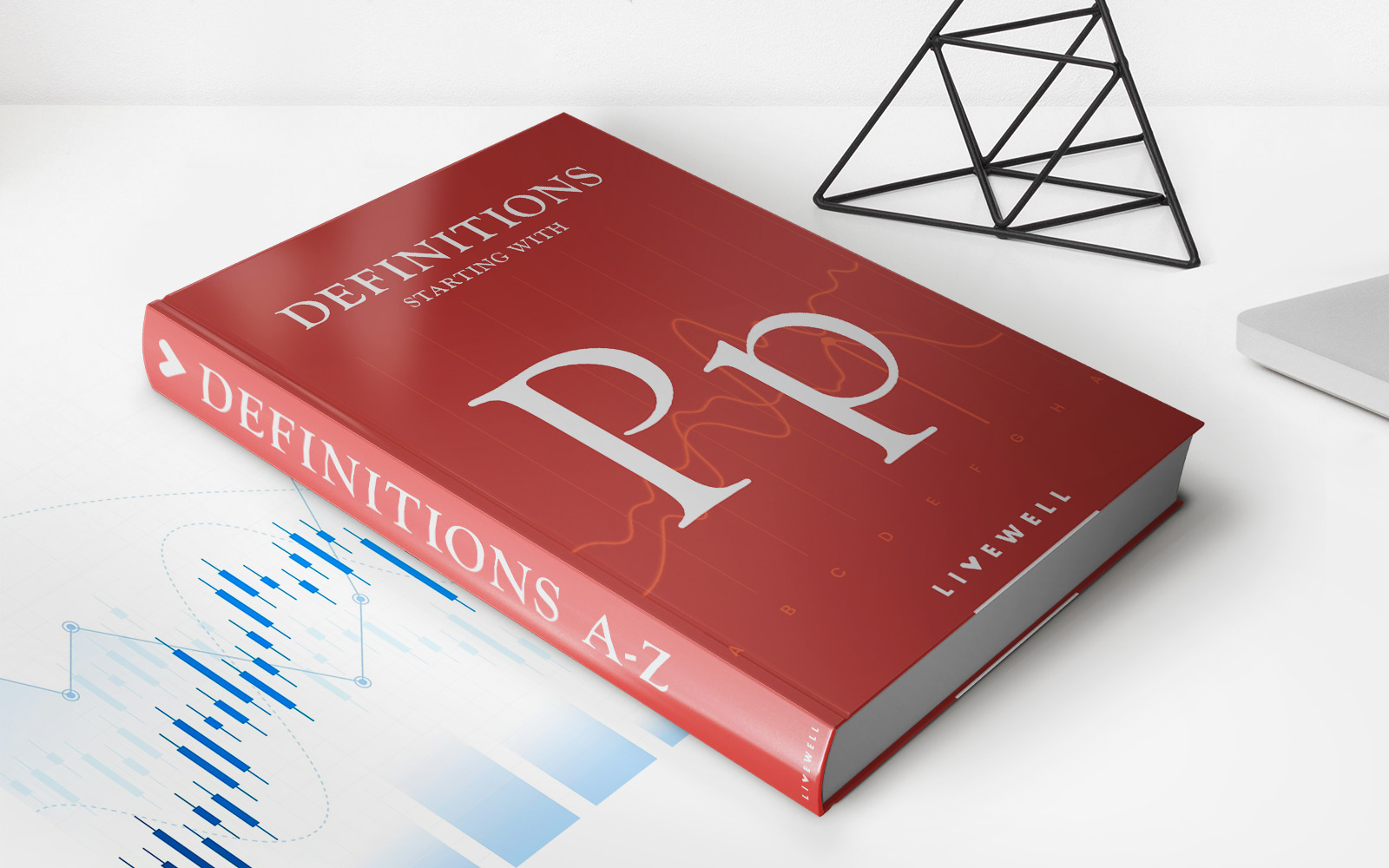

Finance
Past Due Balance Method Definition
Published: January 6, 2024
Discover the definition of the past due balance method in finance and how it impacts financial statements. Gain insights into managing unpaid obligations efficiently.
(Many of the links in this article redirect to a specific reviewed product. Your purchase of these products through affiliate links helps to generate commission for LiveWell, at no extra cost. Learn more)
Understanding the Past Due Balance Method in Finance
Finance is a vast and fascinating field that encompasses various methodologies and techniques to manage and analyze funds. One such method commonly used in the finance industry is the Past Due Balance Method. In this blog post, we will explore what the Past Due Balance Method is, how it is calculated, and why it is an essential tool for financial management.
Key Takeaways:
- The Past Due Balance Method helps organizations keep track of overdue payments and manage their financial health effectively.
- By using this method, businesses can identify delinquent accounts and take appropriate measures to collect pending payments.
What is the Past Due Balance Method?
The Past Due Balance Method is a technique used to determine the amount of outstanding payments owed by customers or clients. It is commonly employed by businesses to keep track of overdue balances and manage their cash flow efficiently. By analyzing the past due balances, organizations can better understand their financial standing, identify potential risks, and make informed decisions about credit control and collections.
Calculating the past due balance is relatively straightforward. It involves determining the amount of money owed by customers or clients after their payment due date has passed. This method helps companies differentiate between current balances and delinquent accounts, allowing them to focus on collecting overdue payments and reducing their outstanding debt.
For example, let’s say a business has invoices with various due dates. Using the Past Due Balance Method, the organization would analyze each invoice to determine which ones have not been paid by their respective due dates. The sum of these unpaid balances would be considered the past due balance.
Why is the Past Due Balance Method Important?
The Past Due Balance Method is crucial for several reasons:
- Improved Cash Flow Management: By identifying delinquent accounts and tracking past due balances, businesses can ensure a healthier cash flow. This allows them to better allocate funds, make timely payments to suppliers, and minimize the risk of financial instability.
- Effective Credit Control: By using the Past Due Balance Method, organizations can identify customers or clients who consistently make late payments or fail to settle their dues. This information enables the business to implement stricter credit control measures, such as adjusting credit terms or requesting prepayment for future orders.
- Reduced Bad Debts: The ability to identify and address past due balances promptly reduces the risk of accounts becoming bad debts. By maintaining regular communication with customers and implementing proactive collections strategies, businesses can increase their chances of recovering outstanding payments and avoid substantial financial losses.
- Overall Financial Health Assessment: Analyzing the past due balance provides businesses with valuable insights into their financial health. It helps identify areas of improvement, highlights potential cash flow bottlenecks, and allows management to make informed decisions regarding budgeting, investments, and expansion plans.
In conclusion
The Past Due Balance Method is an effective tool for businesses to manage their finances efficiently. By using this method, organizations can track overdue payments, reduce bad debts, and make informed decisions to improve their overall financial health. With proper cash flow management and effective credit control, businesses can maintain stability and grow towards their goals.
